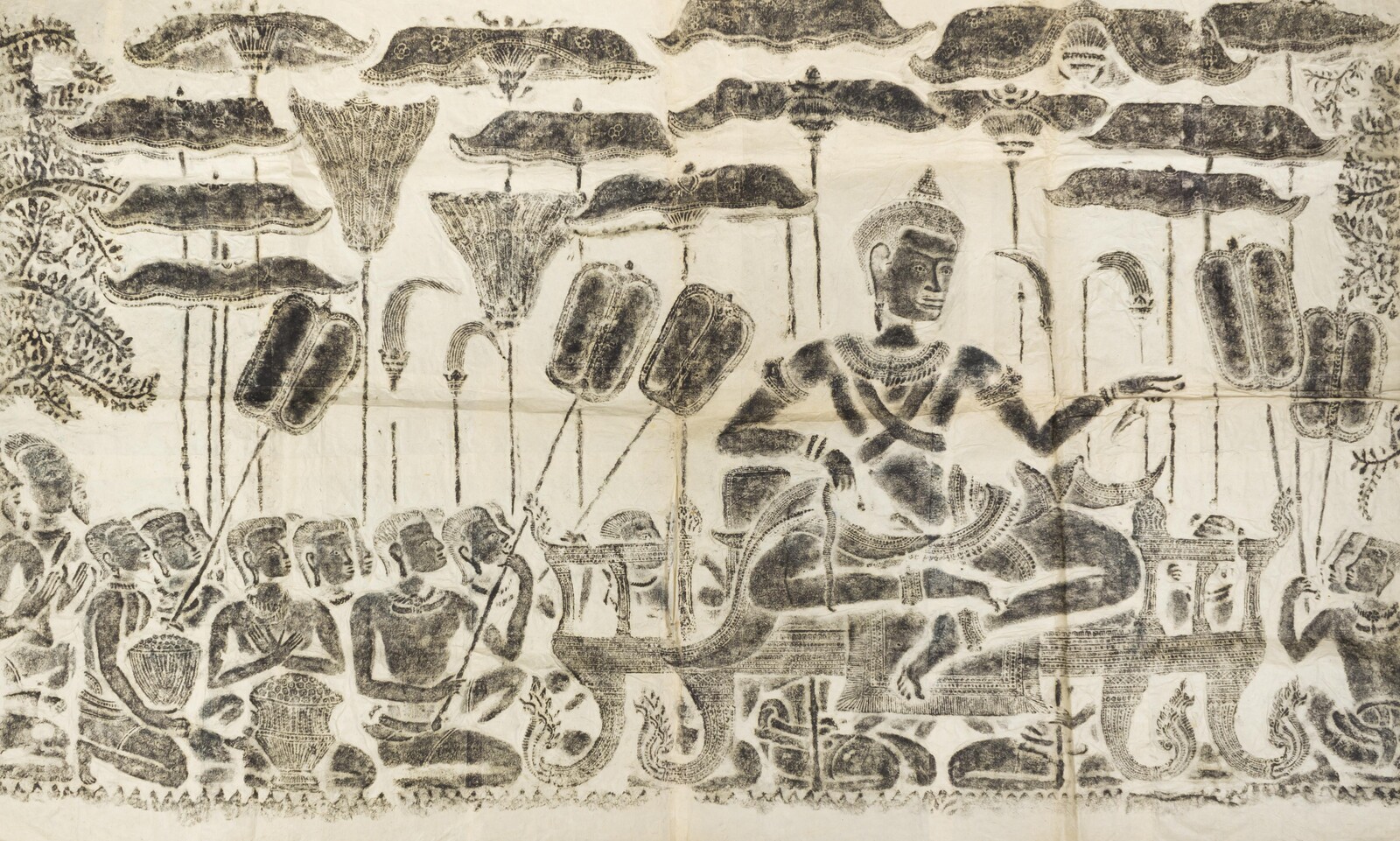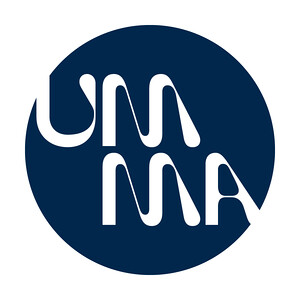Cultural Heritage and Post-Genocide Memory in Cambodia
February 3–July 28, 2024
525 South State St.
Ann Arbor, MI 48109
United States
Hours: Tuesday–Wednesday 11am–5pm,
Thursday–Friday 10am–8pm,
Saturday–Sunday 11am–8pm
T +1 734 647 0395
On February 3, the University of Michigan Museum of Art (UMMA) will open Angkor Complex, an expansive exhibition exploring the art of Cambodia and its diaspora through 80 works, created from the twelfth century to the present day. Angkor Complex explores distinct formal strategies and artistic innovations that emerged in the face of and in response to colonialism, significant social upheavals, war, and genocide. It features work from some of the foremost members of the modern and contemporary Cambodian art scene, including Vann Nath, Sopheap Pich, Svay Sareth, Amy Lee Sanford, and Leang Seckon, as well as significant historic works. Through architectural fragments, sculptural ensembles, paintings, lens-based media, shadow puppets, and performance pieces, the exhibition highlights the myriad ways in which artists leveraged the possibilities and power of art to honor the memory of the deceased, heal personal and collective angst, and nurture resilience.
Angkor Complex: Cultural Heritage and Post-Genocide Memory in Cambodia is guest curated by Nachiket Chanchani, an associate professor in the Department of the History of Art at the University of Michigan. Supported by grants from the National Endowment for the Arts, Michigan Arts and Cultural Council, and other agencies, the exhibition will remain on view through July 28, 2024.
At the core of the exhibition is the history of Angkor Wat, a state temple built in honor of a Hindu deity in the heyday of the cosmopolitan Khmer Empire (802–1431). When it was constructed, this sophisticated and sacred architectural ensemble, with its richly carved stone buildings, stood in a city of nearly a million people. As the Khmer Empire declined and the region became centered around farming, the temple became a Buddhist monastery. In 1863, when Cambodia became a French protectorate, France took Angkor Wat as its own cultural patrimony and began shipping architectural elements and sculptures to French art collections.
After Cambodia gained independence in 1953, successive short-lived regimes used Angkor Wat as an emblem of the past prosperity of the Khmer people. Pol Pot (1925–98), a leader of the Khmer Rouge, oversaw the most autocratic and oppressive of these regimes from 1975 to 1979. In these dark years, Angkor Wat and other places of historical significance were both the site of armed skirmishes and places of refuge for displaced individuals. Today, Cambodians regard Angkor Wat as a sacred center, national symbol, and a site of memory. This history and symbolism serves as a critical anchor within the exhibition.
“Like Angkor Wat’s bullet-ridden walls, contemporary artworks from Cambodia and its diaspora bear the scars of a genocide and of related upheavals. They also allow us to critically appreciate the artistic strategies that evolved in response to significant generational trauma and to consider many of today’s global crises through the distinct lens of the Cambodian experience,” said Chanchani. “In Cambodia, sacred sculptures and edifices have long been acknowledged and experienced by walking around them in a clockwise circle. This rite is called circumambulation, and I invite audiences to the exhibition to experience the installation and the featured objects in the same way.”
Angkor Complex is organized in three thematic sections. The first, “Empire, Colony, and Nation,” explores the transformation of the region in the Mekong Basin, which straddles parts of present-day Cambodia, Laos, Thailand, and Vietnam, from a flourishing empire, to a settled colony, and to the established nation of Cambodia. The second section, titled “Inheritance of Loss,” further examines the cycles and impacts of trauma caused by colonialism, invasion, enslavement, and migration in Cambodia—much of which has rarely been addressed in official courts of law. The final section of Angkor Complex is “On Reparation,” which explores the theft of sacred objects from Cambodia and the slow process of repatriation.





